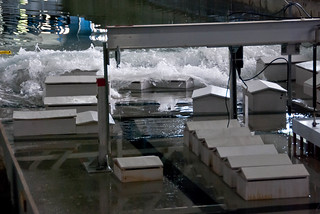Kerry McPhail is on the hunt for the most powerful products in nature.
Foraging the seas of Panama all the way to the Eastern Cape of South Africa, she brings marine organisms back to Oregon State University to unlock the compounds’ hidden power in the hopes of finding targets that shoot down cancer cells.
McPhail, an associate professor of medicinal chemistry in the School of Pharmacy, is trying, with funding from NOAA via Oregon Sea Grant, to find compounds in natural products that can help fight cancer. …
Learn more


